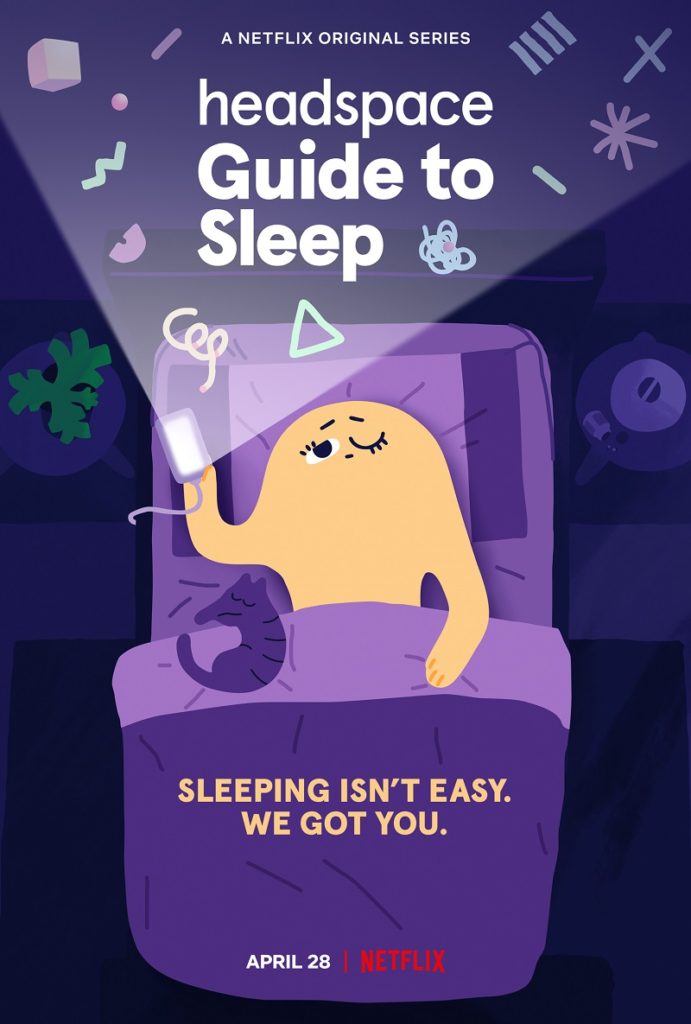

In some instances, the cause of difficulty falling asleep cannot always be easily identified. “Insomnia is defined as difficulty falling or staying asleep and can be short-lived or long-term” Causes of Insomnia Secondary insomnia, on the other hand, is due to a medical condition, such as COPD or chronic pain, that is interfering with sleep. The sleep disorder is considered primary (or idiopathic insomnia) when it is not caused by or associated with a medical condition, psychiatric problem or medication. There are a few main types including primary and secondary. In other cases, the sleep disorder is chronic and can last for months or years. It can affect someone for a short time, such as a few nights or weeks. Insomnia refers to trouble falling or staying asleep. This overview defines insomnia and details the causes, symptoms and treatment options for this sleep disorder. Insomnia is one of the most common sleep disorders and is characterized by difficulty falling asleep or staying asleep.

Ask the Sleep Doctor: Do you have a question about sleep or sleep disorders?.Sleep Disorders – ICD-10 Codes and Names.Sleeping Pills: Medications to Help you Sleep.Best Anti-Snoring Mouth Guards, Mouthpieces, and Snoring Devices.CPAP Supplies – What connects to the CPAP machine?.CPAP and BiPAP: Which One is Best For You?.Excessive Daytime Sleepiness: Causes, Test and Treatments.Drowsiness: Causes, Treatments, and Prevention.Bruxism – Teeth Grinding Symptoms, Treatment & Causes.Hypersomnia: Symptoms, Causes, Definition and Treatments.Night Terrors: Causes, Symptoms, & Treatments.Sleep Deprivation: Symptoms, Causes, Treatments.Narcolepsy – Definition, Symptoms, Causes & Treatments.Sleep Apnea: Common Causes, Risk Factors, Treatments.

Night Guard for Bruxism: Teeth Grinding and Clenching.Best Weighted Blankets: Reviews and How They Work.CPAP Cleaners – Reviews of the Best Cleaning Machines.Mattresses: A Review of the Best and Buying Guide.Sleep Debt: Signs, Symptoms & Treatments.Sleeping Tips to Help You Fall Asleep Fast.Dreams – What they mean and psychology behind them.


 0 kommentar(er)
0 kommentar(er)
